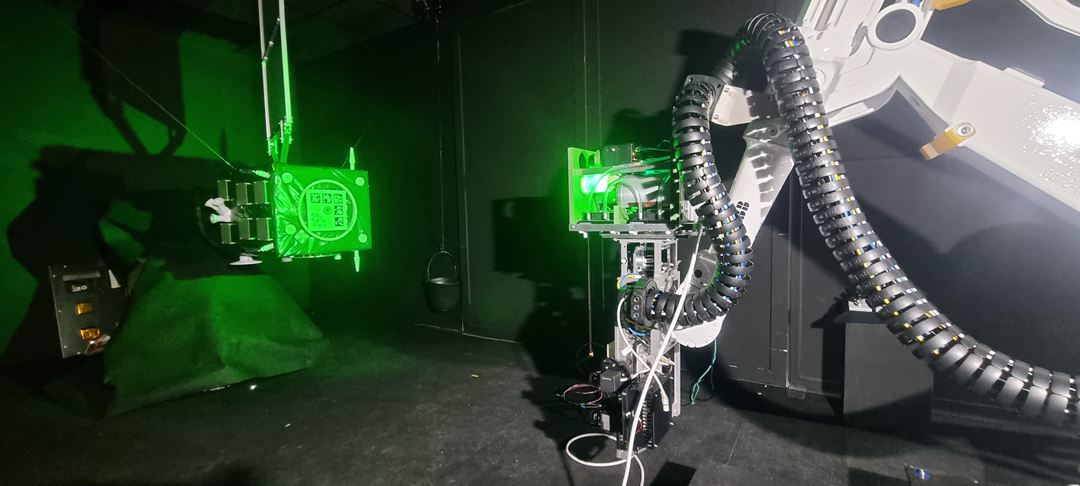EROSS objective
The EROSS projects' objective is to demonstrate European solutions for on-orbit servicing of satellites, enabling a large range of efficient and safe orbital support services. These solutions will be applicable to both low-Earth-orbit (LEO) and geostationary (GEO) satellites. The IOD (in-orbit demonstration) phase of the EROSS project is the fourth part of the R&D partnership developed with the European Commission.
EROSS' space vehicles
The EROSS space vehicles will be able to carry out a wide range of operations in orbit, including controlled re-entry of space debris, robotic manipulation, extension of satellites' operational life, re-fueling, inspection, and many more. On-orbit servicing of spacecraft represents a paradigm shift in space: upcoming systems will no longer be “abandoned to their fate” after launch but can evolve over their lifetime. In addition to the obvious economic benefits, this will reduce buildup of space debris, and will reduce emissions from new launches.
In-orbit demonstrator
The in-orbit demonstration mission planned for 2027 will include orbital rendezvous of a servicer satellite with a service-ready client, followed by capture, docking, and servicing operations.
Software architecture and system integration
SINTEF has had a leading role in software architecture and system integration in the I3DS and EROSS projects. The I3DS C++ framework defines standardized interfaces for different sensors used in robotic systems such as cameras, LIDARs, IMUs and more. With EROSS IOD, we are raising the maturity of this design – now named the Equipment Abstraction Layer (EquAL) – to accommodate all robotics hardware including actuators, and reimplementing it as high-integrity software in SPARK and Ada for the PikeOS real-time operating system.
3D sensors
SINTEF has also had a central role in advanced 3D sensors. To enable autonomous rendezvous, docking, and robotics, we have further developed our flash-LIDAR (lenke til Utofia og ESA-prosjekter) for space applications. The flexibility of the SINTEF flash-LIDAR will provide the high-quality 3D data needed in the different phases of the mission. The sensor has been tested in realistic lab conditions with Thales Alenia Space and is now being matured for testing in the in-orbit demonstrator.







